Moraxella Catarrhalis: Symptoms, Causes and Treatment


Related products
Moraxella catarrhalis is a gram-negative bacterium and happens to be an important pathogen for respiratory tract infections. Although this bacterium has been innocently living in the nasopharynx of humans, due to several factors, it has the potential to turn pathogenic, hence causing diseases like otitis media to more serious ones like lower respiratory tract diseases, such as pneumonia. Knowing its symptoms, modes of transmission, and Morris' treatments is critical to controlling its effects, particularly among vulnerable populations. This article gives an insight into the clinical manifestation, causative factors, and therapeutic approaches regarding Moraxella catarrhalis to the readers.
What are the Symptoms of Moraxella Catarrhalis?
Moraxella catarrhalis belongs to that category of bacteria which badly affects respiratory tract, particularly in children and older adults. The symptoms of the infection caused by Moraxella catarrhalis are basically related to the site of infection. According to the respiratory specialist Dr Richard Lee, "Upper respiratory tract infections usually show up with chronic cough, nasal congestion, and otitis media." Otitis media is when there is an infection in the middle ear, very common in children, and might associate with ear ache, fever, and decreased hearing.
In adults, it can also lead to bronchitis, a disease characterized by chronic cough and wheezing with increased sputum production. More seriously, the pathogen causes pneumonia, especially in those with pre-existing lung conditions such as COPD, that is, Chronic Obstructive Pulmonary Disease. Pneumonia is manifested through symptoms of high fever, chills, chest pain, and dyspnea. According to a publication made by the Journal of Clinical Microbiology, "approximately 10-15% of patients suffering from COPD exacerbations are infected with Moraxella catarrhalis".
What are the Causes of Moraxella Catarrhalis?

Moraxella catarrhalis is an aerobic, gram-negative bacterium and only inhabits the human respiratory tract. Direct transmission of the pathogen usually occurs through respiratory droplets when an infected person coughs or sneezes. According to Dr Davies, "The bacterium is an opportunistic pathogen. Infection often results when there is a host immunocompromised state or a disruption in the normal flora of the respiratory tract." Cigarette smoking, therefore, viral infections, and chronic diseases like diabetes or asthma can predispose one to infection.
It has been revealed that colonisation rates of Moraxella catarrhalis are higher in children; nearly 70% of children attending day-care centres host this bacterium in their nasopharynx. This may be the reason why otitis media is so common in children. In adults, especially in elderly and immunocompromised individuals, the bacterium may cause more serious respiratory infections.
What are the Treatment of Moraxella Catarrhalis?
Treatment of the infection caused by Moraxella catarrhalis is usually done using antibiotics. The bacteria, however, have developed resistance to some antibiotics. According to Dr Michael Carter, a clinical microbiologist, "Beta-lactamase-producing strains of Moraxella catarrhalis are resistant to penicillin and amoxicillin. This requires the administration of beta-lactamase inhibitors or alternative antibiotics." Some of the commonly prescribed antibiotics include amoxicillin-clavulanate, cephalosporins, and macrolides.
Symptomatic treatment is also essential, in addition to antibiotic therapy, mainly in the management of fever and pain with inflammation. Analgesics and antipyretics, for instance, can help reduce the agony of discomfort caused by otitis media and bronchitis. Additional medical intervention may be needed in those patients with recurrent infections or complications. For instance, children that experience recurring bouts of otitis media can utilize tympanostomy tubes to avoid fluid accumulation in the middle ear.
Preventive measures are also necessary to arrest the spread of Moraxella catarrhalis. Good respiratory hygiene, which involves frequent handwashing and covering the mouth and nose when coughing or sneezing, can potentially help decrease transmission. Optimally good control of underlying disease in those with chronic respiratory illness and avoidance of respiratory tract irritants, including tobacco smoke, could decrease the risk of infection in such patients.
People Also Ask

Is Moraxella catarrhalis serious?
However, Moraxella catarrhalis can be serious in people with pre-existing health conditions, especially those with COPD, asthma, or weakened immunity. It is basically a pathogen that normally causes mild to moderate respiratory infections but may also cause more serious infections such as pneumonia, mostly in the very young and very old.
How do you get Moraxella?
Moraxella catarrhalis is mostly spread through respiratory droplets expelled by an infected person into the air during coughing or sneezing. Direct transmission through contact with contaminated surfaces or respiratory secretions may also occur. Commonly, it is part of the normal flora found in the nasopharynx, mainly in children, but causes infection following a suppression of immune status or disturbance of normal respiratory tract flora.
What is the best treatment for Moraxella catarrhalis?
The best treatment for Moraxella catarrhalis includes antibiotics effective against beta-lactamase-producing strains. Amoxicillin-clavulanate and the cephalosporins are commonly prescribed; some success has been shown with macrolides. The symptomatic therapy, such as pain and reduction of fever, can be managed with analgesics and antipyretics. In addition, preventive measures must be taken against Moraxella catarrhalis infection, such as good respiratory hygiene measures and management of underlying conditions.
What is the death rate of Moraxella catarrhalis?
Generally, the death rate resulting from Moraxella catarrhalis is relatively low for healthy people. However, it increases in severely affected individuals with other underlying diseases and weak immune systems. This is not well documented by specific mortality statistics, but the bacterium will most likely trigger serious complications in at-risk populations than being fatal by itself.
Conclusion
Delineation of symptoms, causes, and treatment options are critical in Moraxella catarrhalis infection management. The burden is dramatically reduced by prompt diagnosis coupled with appropriate use of antibiotics, together with preventive strategies. According to Dr Lee, "Basically, awareness and timely intervention are very important in mitigating the impact of Moraxella catarrhalis in vulnerable populations." Continued research and vigilance on antibiotic stewardship are greatly required in fighting antibiotic resistance for effective treatment outcomes.




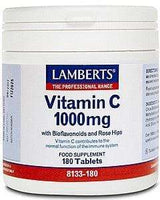


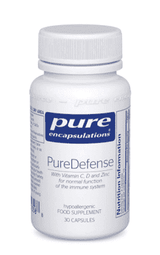

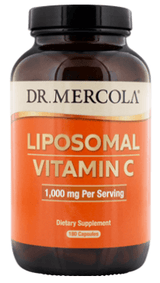
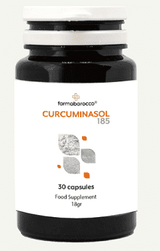









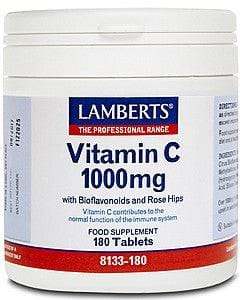
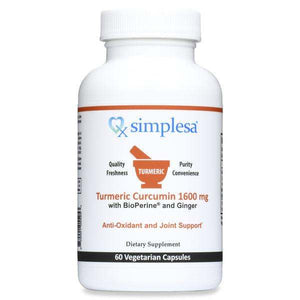

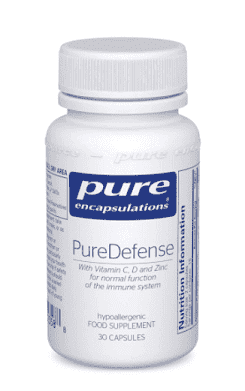

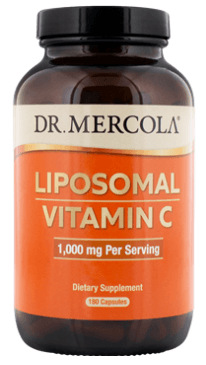
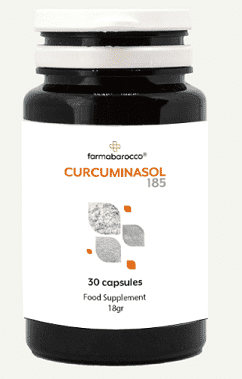








 Rated Excellent by 26,523+ Reviews
Rated Excellent by 26,523+ Reviews